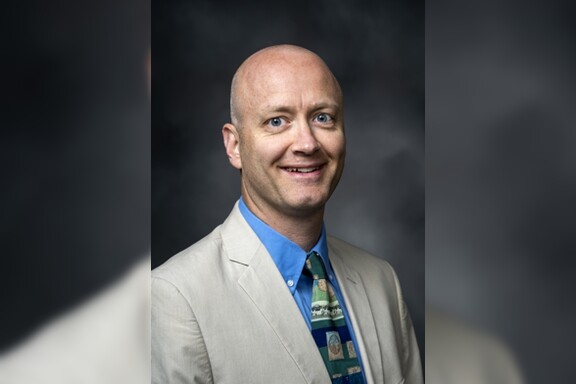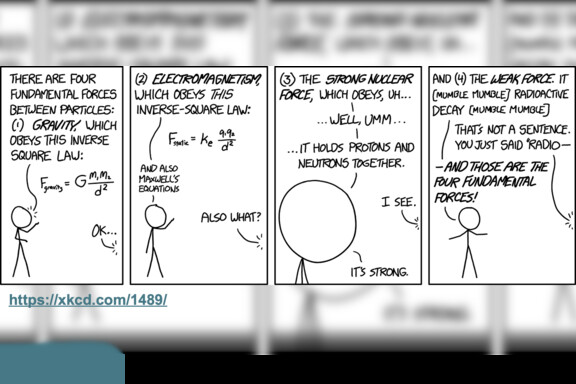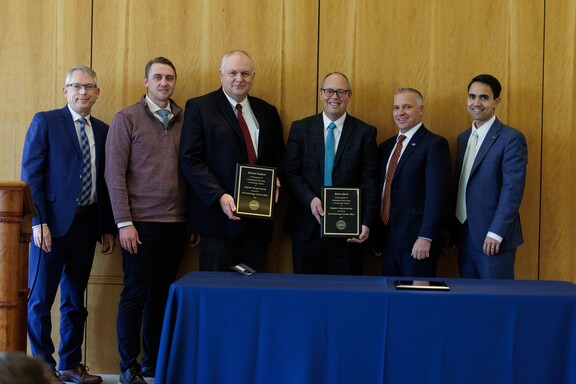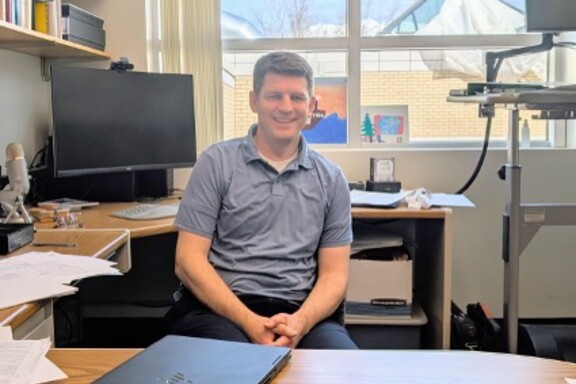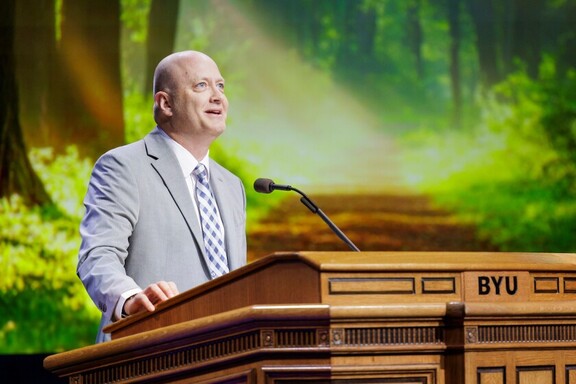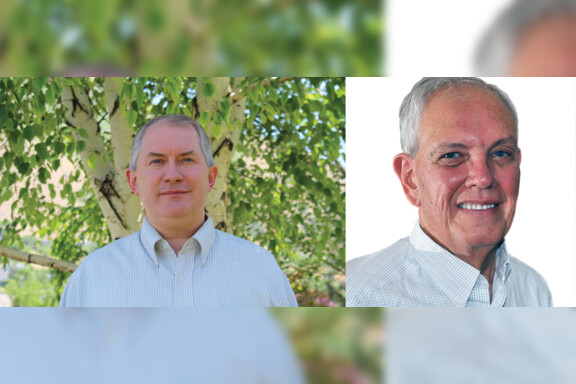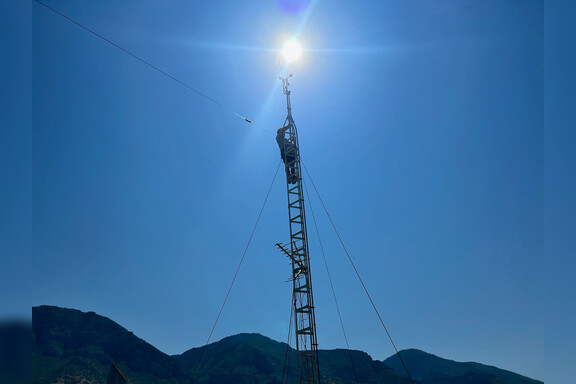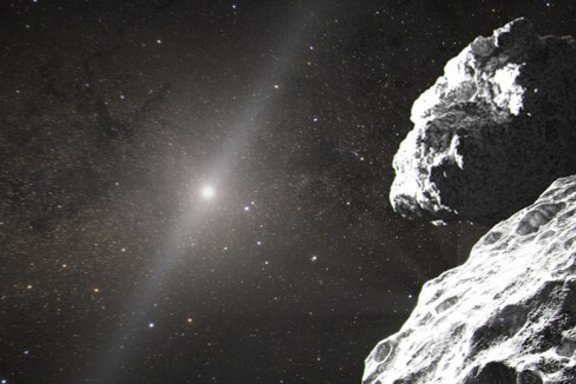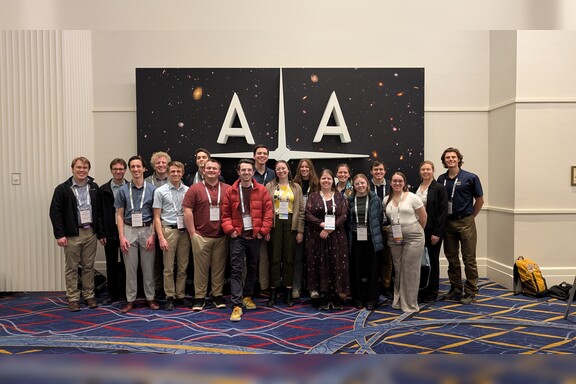
Studying magnetic behaviors on a microscopic scale can make a gigantic impact on modern science.
Physics professor Karine Chesnel does research on the magnetic properties of nanoparticles.
“We are studying the magnetic behavior of magnetic materials at a very small scale.” Chesnel said. “We are trying to understand where their magnetism is coming from.”
Nanomagnets are found all around us and we may not even be aware of it. According to Chesnel, the hard drives in our computers use nanomagnetic domains in thin films to store information.
Magnetic nanoparticles are also used in medicine.
“Nowadays, nanoparticles are increasingly used in medical applications, for example they can be functionalized in order to deliver drugs in the body to treat tumors or cancers,” Chesnel said. “Using an external magnetic field, one can inject nanoparticles inside the body and move them to a certain region of the body to treat a tumor.”
Chesnel and her students regularly perform their research at the SLAC synchrotron at Stanford. For many students, this is a once-in-a-lifetime opportunity.
“Bringing students to synchrotron facilities has been a great experience for them.” Chesnel said, “Usually, it’s a place where you find mostly expert scientists, not too many undergraduate students.”
Chesnel has seen many of her students participate in research and experiments, analyze data, and become experts in their own field. Watching them grow is a fulfilling experience.
“Working with students and seeing them progress has been a very rewarding part of my research.” Chesnel said, “I see an evolution [in my students].”
Chesnel and her students recently published an article, “Orbital and Spin moments of 5 to 11 nm Fe304nanoparticles measured via XMCD.”
“It has been rewarding,” Chesnel said, “to see papers published and students being involved in those papers.”
News and Events
